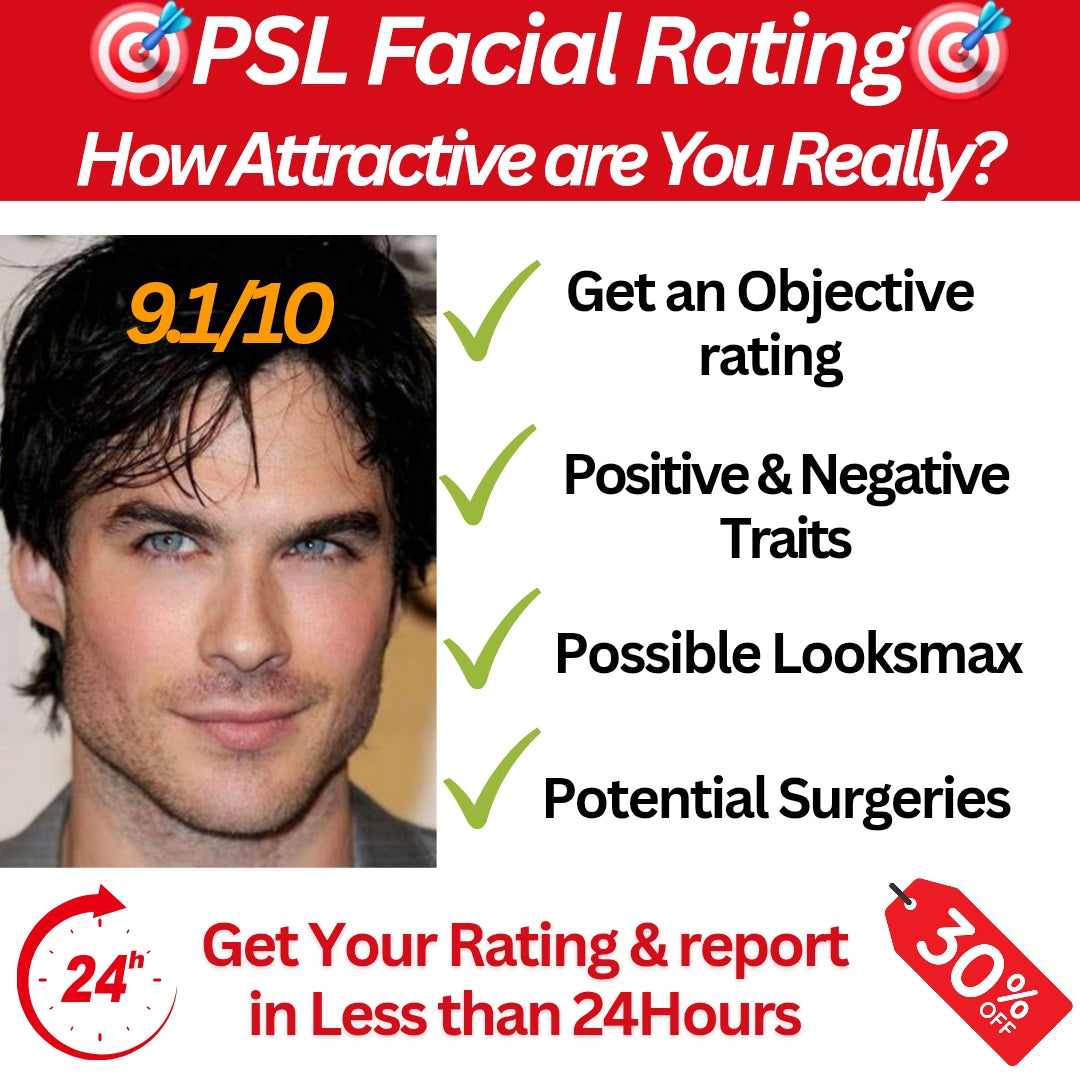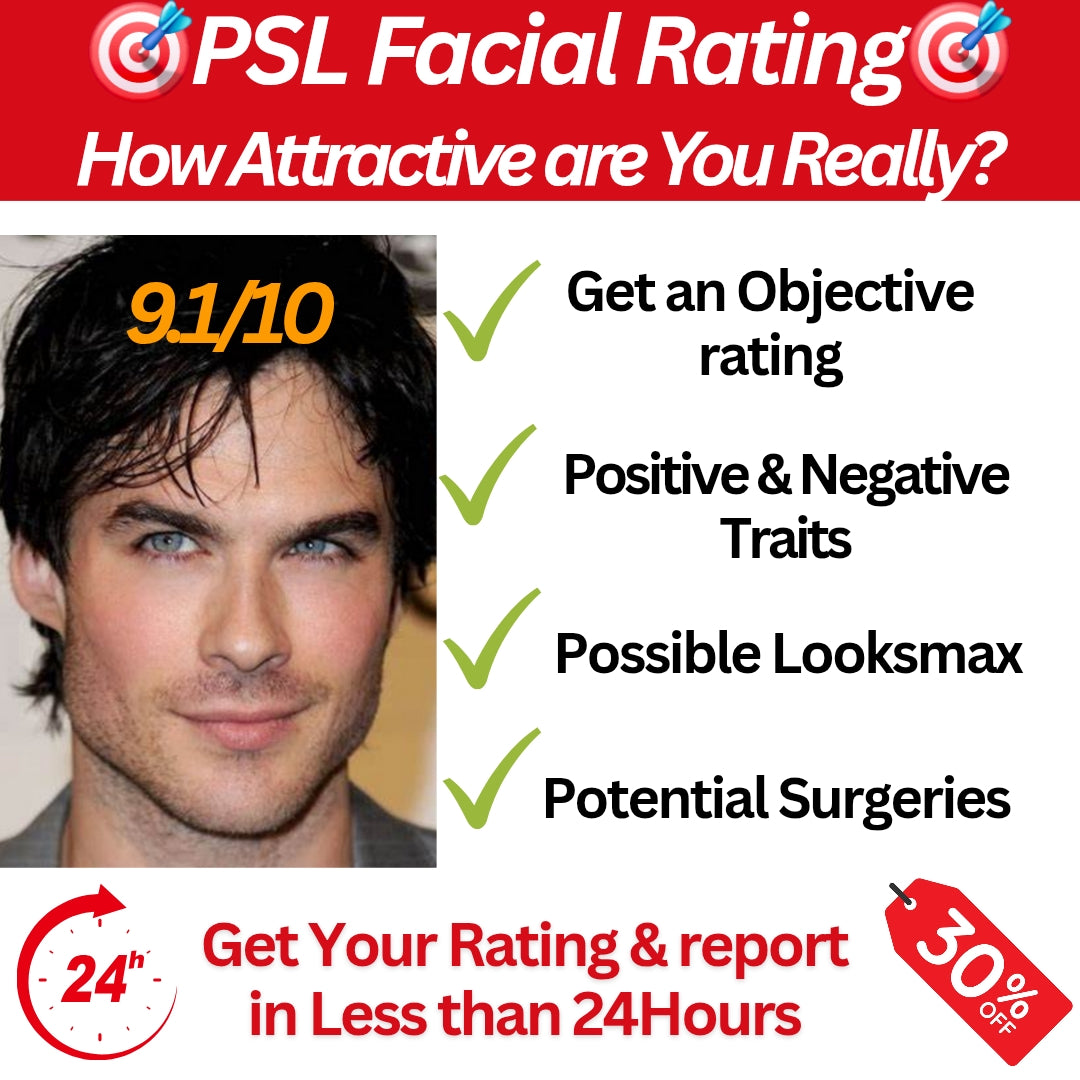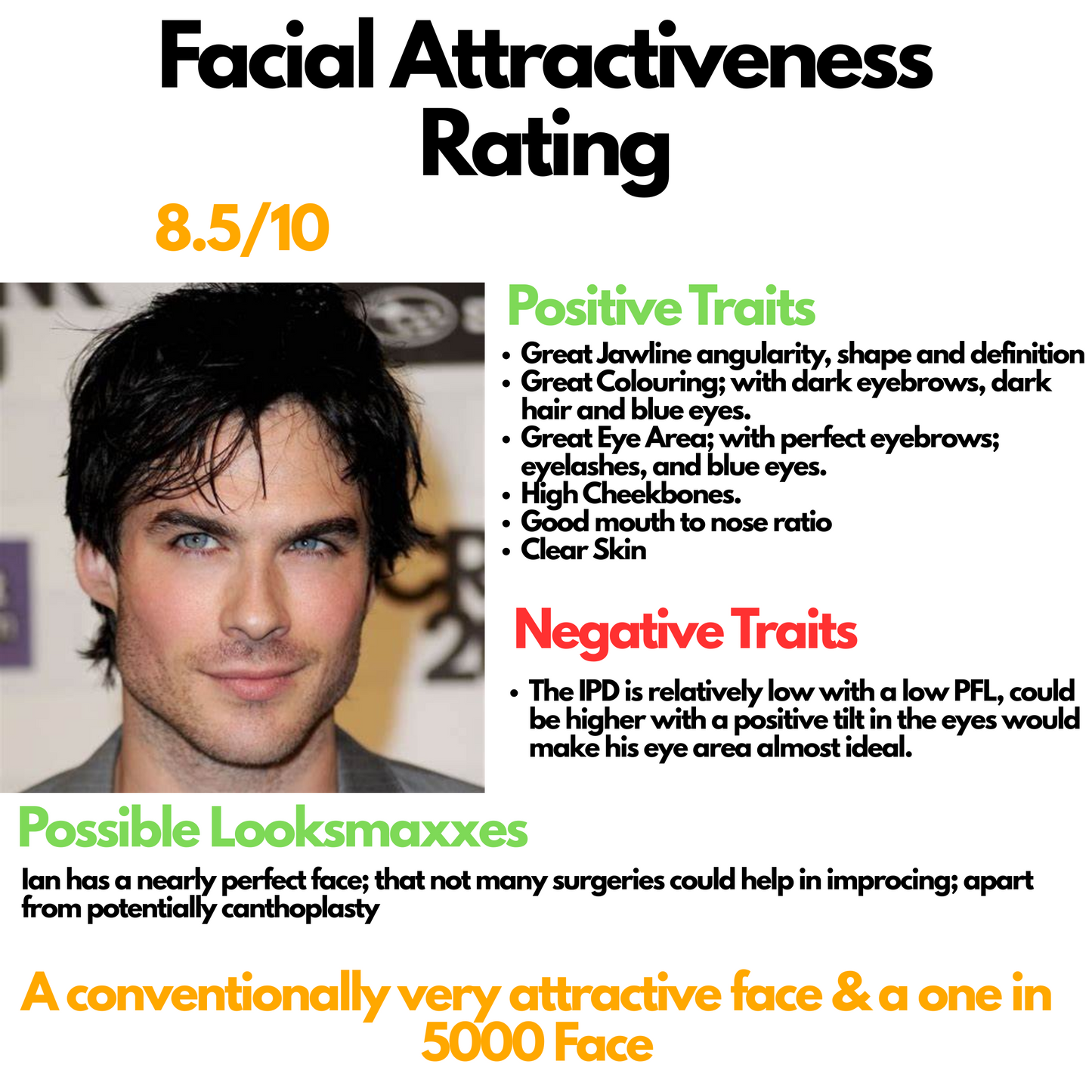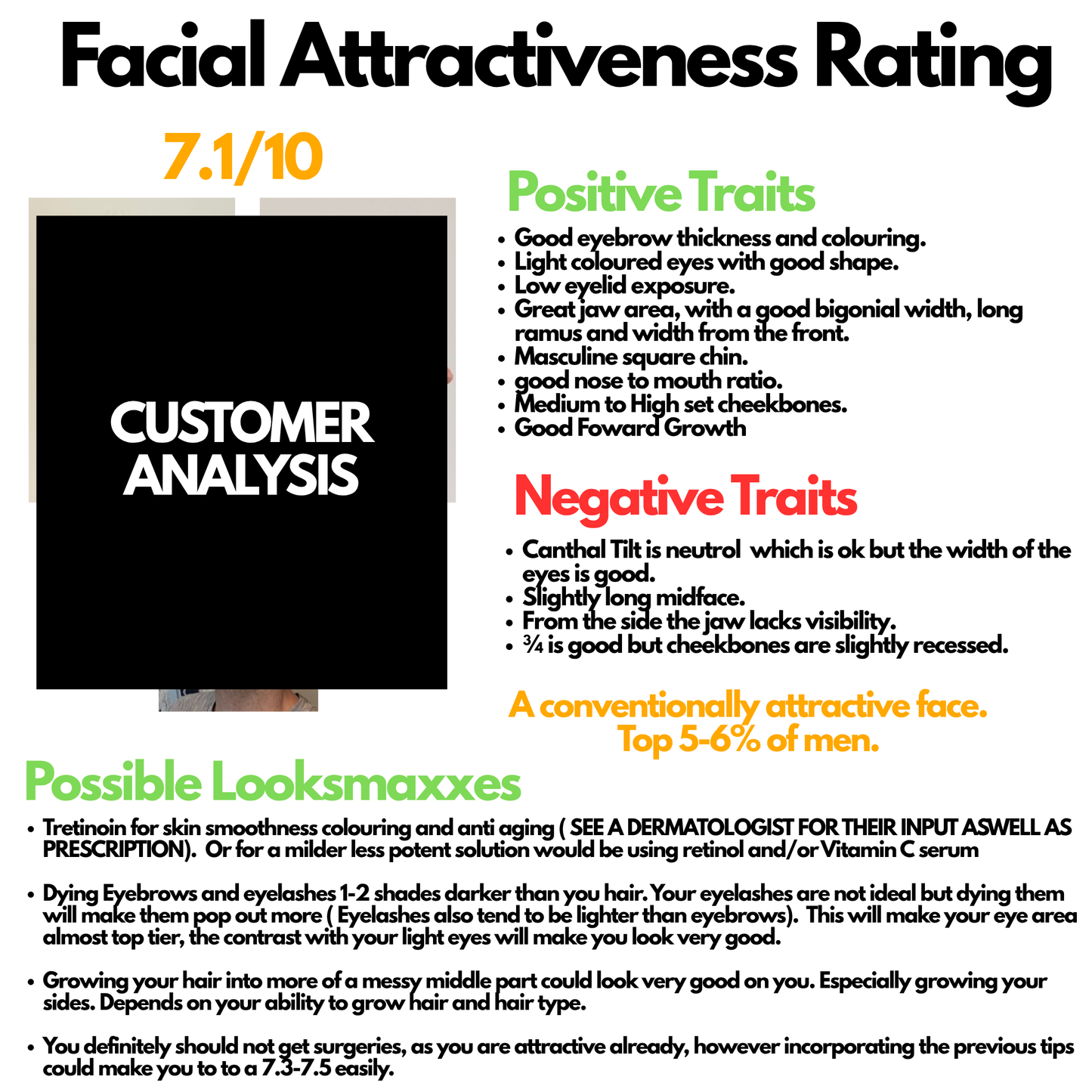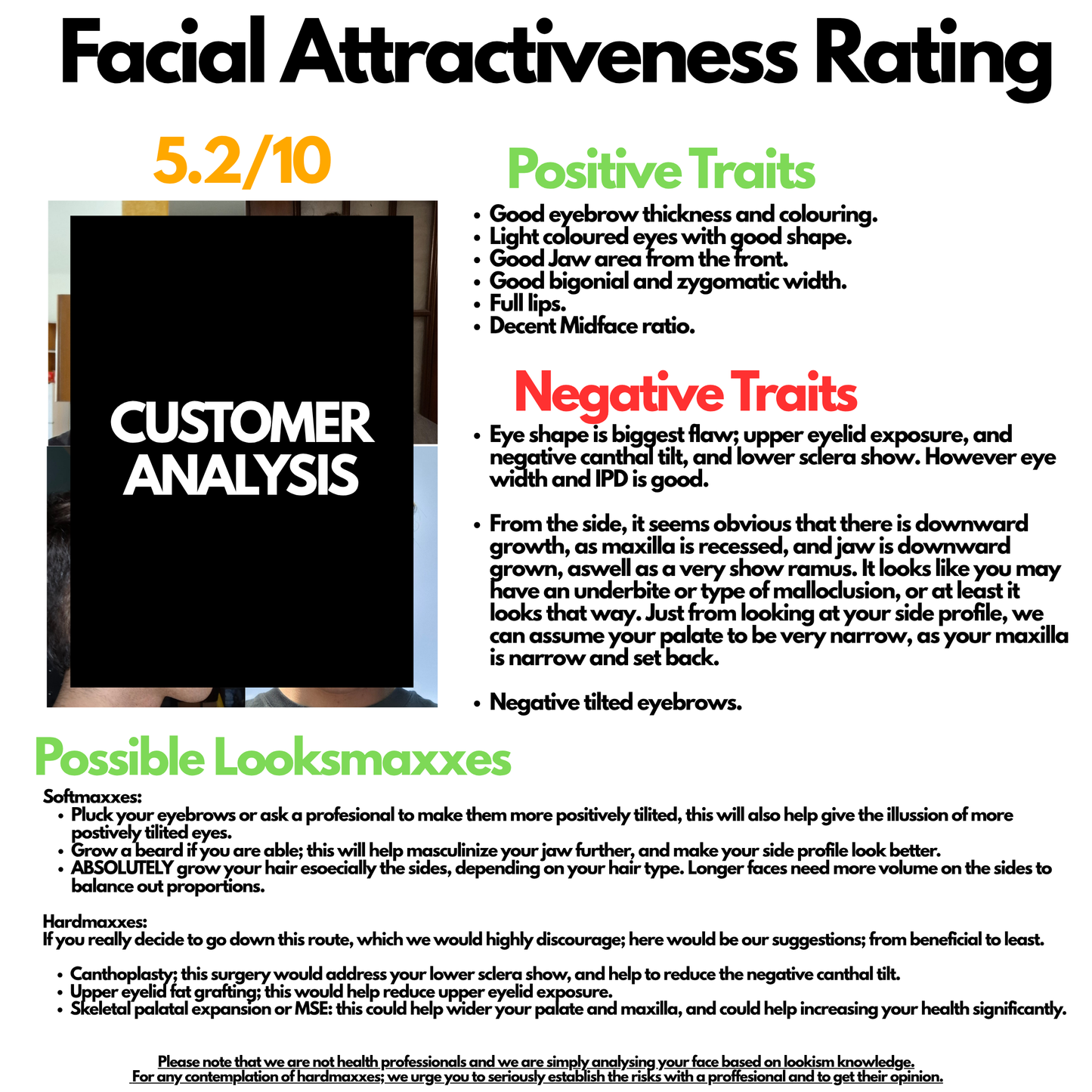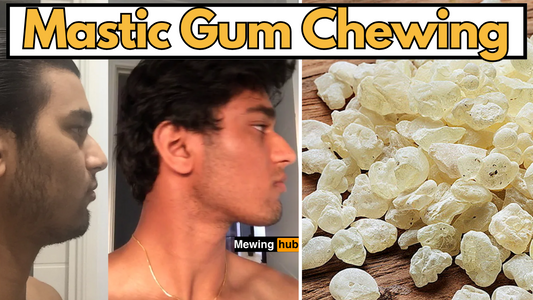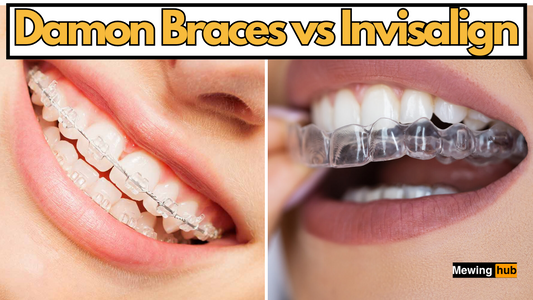MSE vs Palatal Expander: What is best for Maxillary Expansion ?
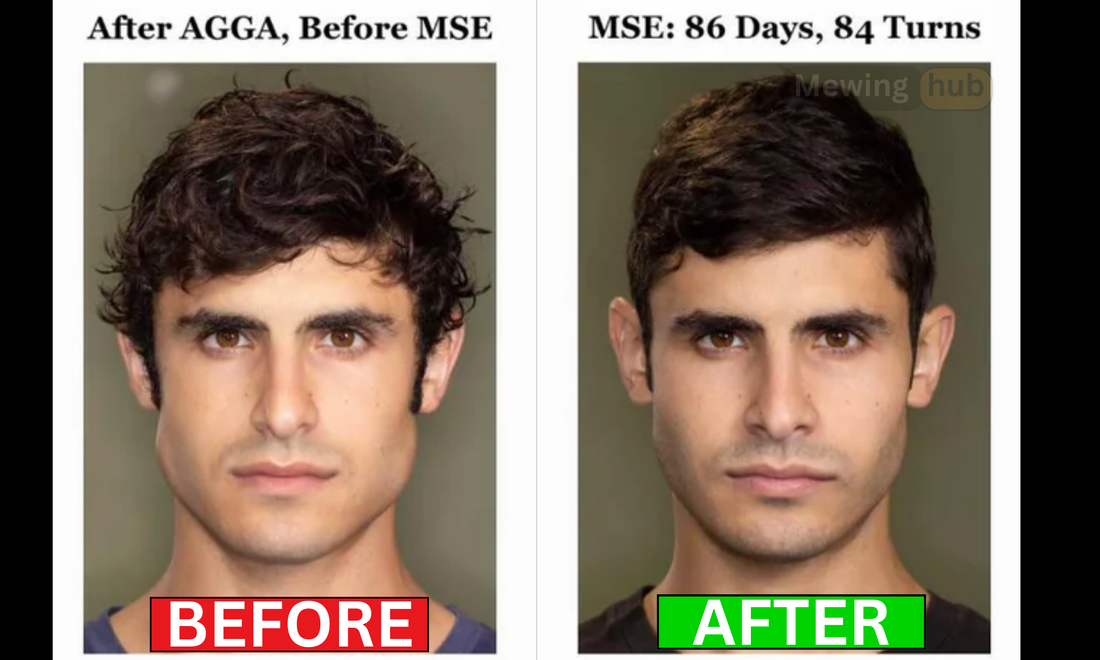
Share
The Palatal Expander: A Traditional Approach to palatal expansion
Traditionally used in younger patients with still-developing jaws, Palatal Expanders work by gradually widening the upper jaw to correct crossbites and alleviate crowding.

This device applies pressure on the upper molars through periodic adjustments, focusing primarily on dental expansion without direct skeletal alteration. The Palatal Expander is often used in combination with other orthodontic appliances to achieve optimal results.
MSE: A Modern Solution for Skeletal Expansion
In contrast, the MSE is designed for a more comprehensive solution, suitable for both adults and those with severe maxillary constriction. It aims at skeletal expansion by directly targeting the midpalatal suture, often requiring minimally invasive procedures to facilitate effective splitting of this suture.

This approach not only addresses dental alignment issues but also significantly impacts the facial structure and airway space, offering a more permanent solution to maxillary constriction.
Critical Differences Between The Palatal Expander and the MSE
The choice between an MSE and a Palatal Expander is influenced by various factors, including the patient's age, the severity of constriction, and specific anatomical considerations.
The MSE's capability to split the midpalatal suture and directly expand the skeletal structure makes it a potent option for those with a narrow airway and palate, promising substantial improvements in both aesthetics and function.

Not only that but the MSE has also been proven to widen the face and cheekbones, which can improve ones bone structure.
Learn about how MSE treatment can change your face.
Additional Considerations for MSE
When considering an MSE, it is essential to discuss the following factors with your orthodontist:
Age and Developmental Stage:
MSE is suitable for both adults and children, but the ideal age for treatment depends on the severity of constriction and the patient's overall health. For example, children with severe maxillary constriction may benefit from early intervention to prevent complications such as sleep apnea.
Severity of Constriction:
MSE is more effective for severe cases of maxillary constriction, but it may not be suitable for mild cases where a Palatal Expander might be sufficient. In such cases, the orthodontist may recommend a combination of both treatments.
Anatomical Considerations:
The MSE's effectiveness depends on the patient's unique anatomy, including the shape and size of the palate and the position of the teeth. For example, patients with a narrow palate may require a more extensive treatment plan to achieve optimal results.
The Importance of Airway Obstruction
Airway obstruction is a critical consideration in maxillary constriction treatment.
The MSE's ability to expand the airway space can significantly improve breathing and reduce the risk of sleep apnea and other respiratory complications.

In fact, studies have shown that patients with maxillary constriction are more likely to experience sleep apnea and other respiratory issues, highlighting the importance of addressing this condition.
The Role of Orthodontists in Maxillary Expansion
Orthodontists play a crucial role in determining the best course of treatment for maxillary constriction. They must carefully assess the patient's unique needs and consider factors such as age, severity of constriction, and anatomical considerations before recommending an MSE or Palatal Expander.
Additionally, orthodontists must also consider the patient's overall health and any potential complications that may arise during treatment.
Potential Complications and Management
While both MSE and Palatal Expanders are generally safe, potential complications can arise. For MSE, some risks include discomfort during the expansion process, minor infections, or issues related to the surgical procedure if required.
With Palatal Expanders, common issues include initial discomfort, difficulty in speaking or eating, and temporary changes in bite alignment. Proper management and regular follow-up with the orthodontist can mitigate these complications, ensuring a smoother treatment journey.
Lifestyle and Maintenance Considerations
Adapting to life with an expander, whether an MSE or Palatal Expander, involves some lifestyle adjustments. Patients might need to modify their diet to avoid hard or sticky foods that could damage the appliance.
Maintaining oral hygiene is crucial, as food particles can easily get trapped, increasing the risk of dental problems. Regular cleaning and proper care of the expander are essential for successful treatment outcomes.
Comparative Effectiveness and Patient Testimonials
Understanding the comparative effectiveness of MSE and Palatal Expanders can be enhanced by looking at patient testimonials. Many patients who have undergone MSE treatment report significant improvements not only in dental alignment but also in overall facial structure and breathing.

On the other hand, those who have used Palatal Expanders often highlight the benefits of early intervention and the simplicity of the treatment process. Real-world experiences can provide valuable insights into what you might expect from each treatment option.
Future Trends in Maxillary Expansion
The field of orthodontics is continually evolving, with new techniques and technologies being developed to improve patient outcomes.
Future trends in maxillary expansion may include more advanced imaging techniques to better tailor treatments to individual anatomical needs and less invasive procedures that reduce recovery time and discomfort. Keeping abreast of these trends can help patients make informed decisions about their orthodontic care.
Conclusion: Navigating Your Orthodontic Journey
Deciding on the right path for maxillary expansion is a significant step in your orthodontic journey. By delving into the specifics of MSE and Palatal Expanders, this article aims to equip you with the knowledge needed to make an informed choice, ensuring your treatment not only enhances your smile but also supports your overall health and well-being.
Final Thoughts
In conclusion, the MSE and Palatal Expander are both effective tools for addressing maxillary constriction, but they differ in their approach and targeted outcomes. By understanding the critical differences and patient considerations, you can make an informed decision about which treatment is best for you.
Remember to consult with your orthodontist to determine the most suitable treatment plan for your unique needs.

